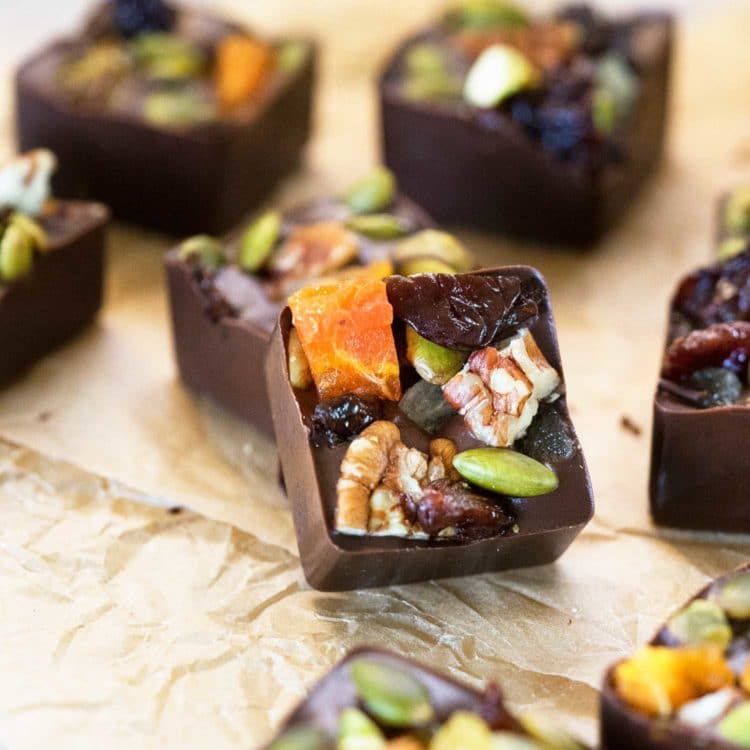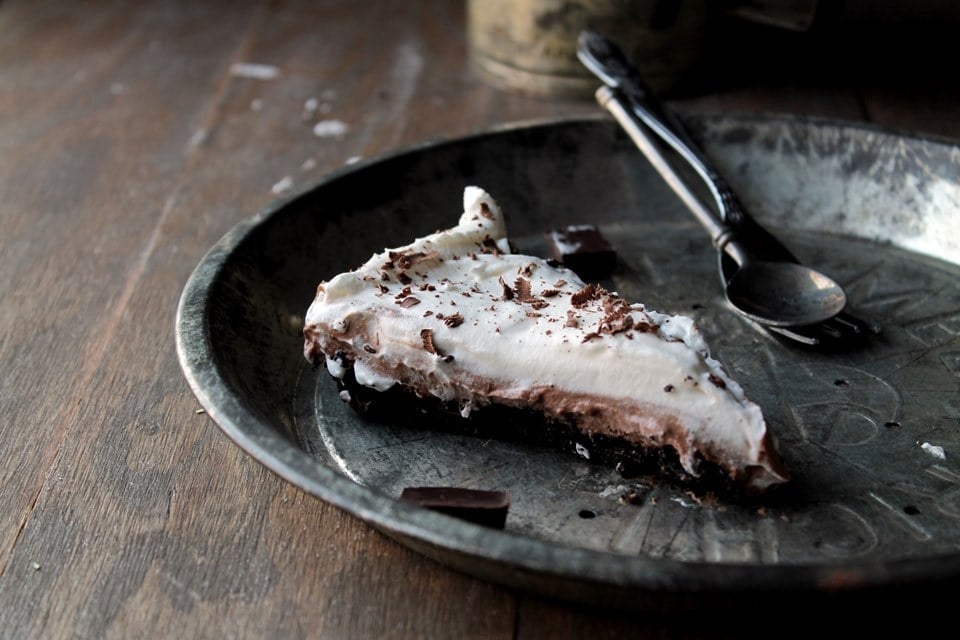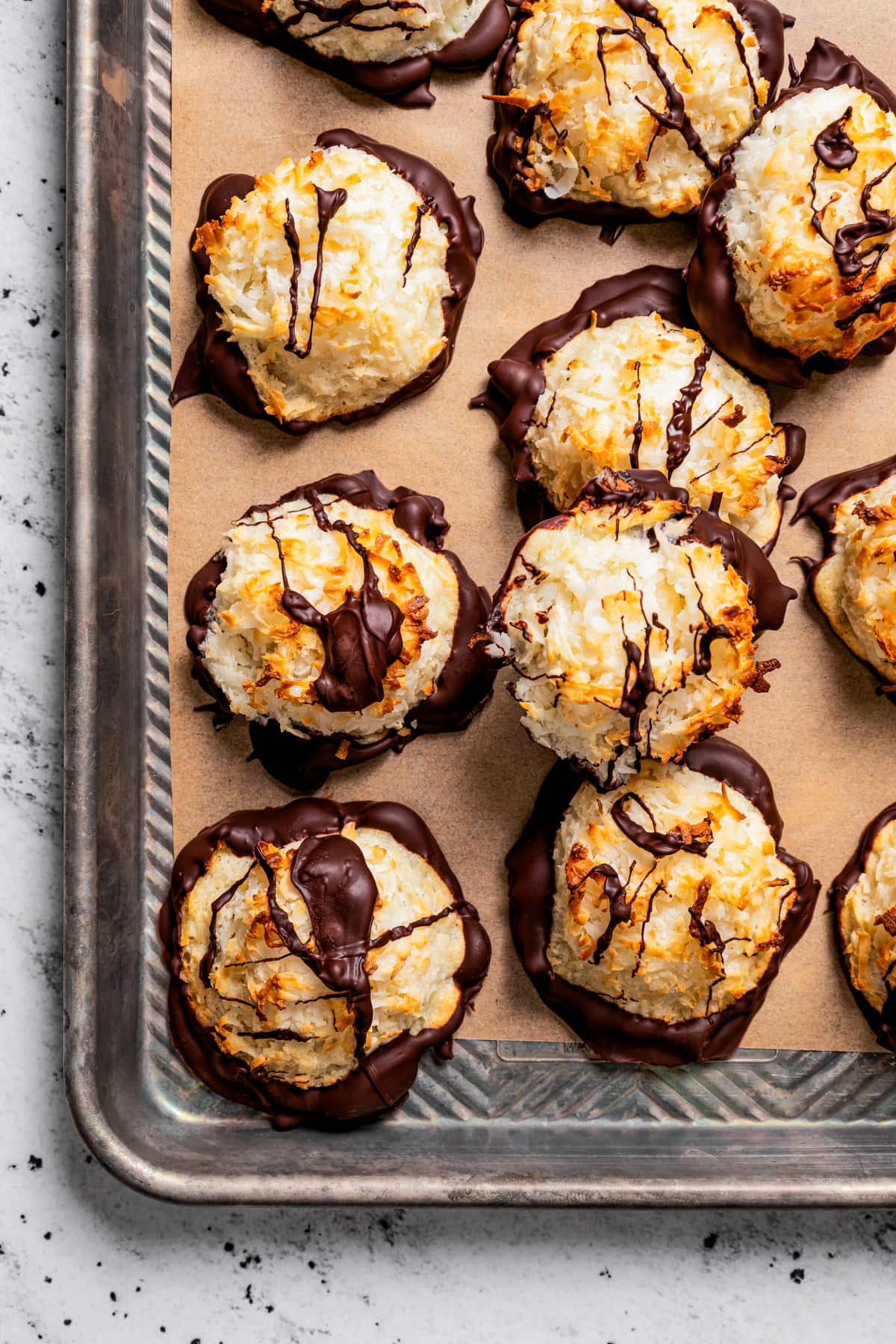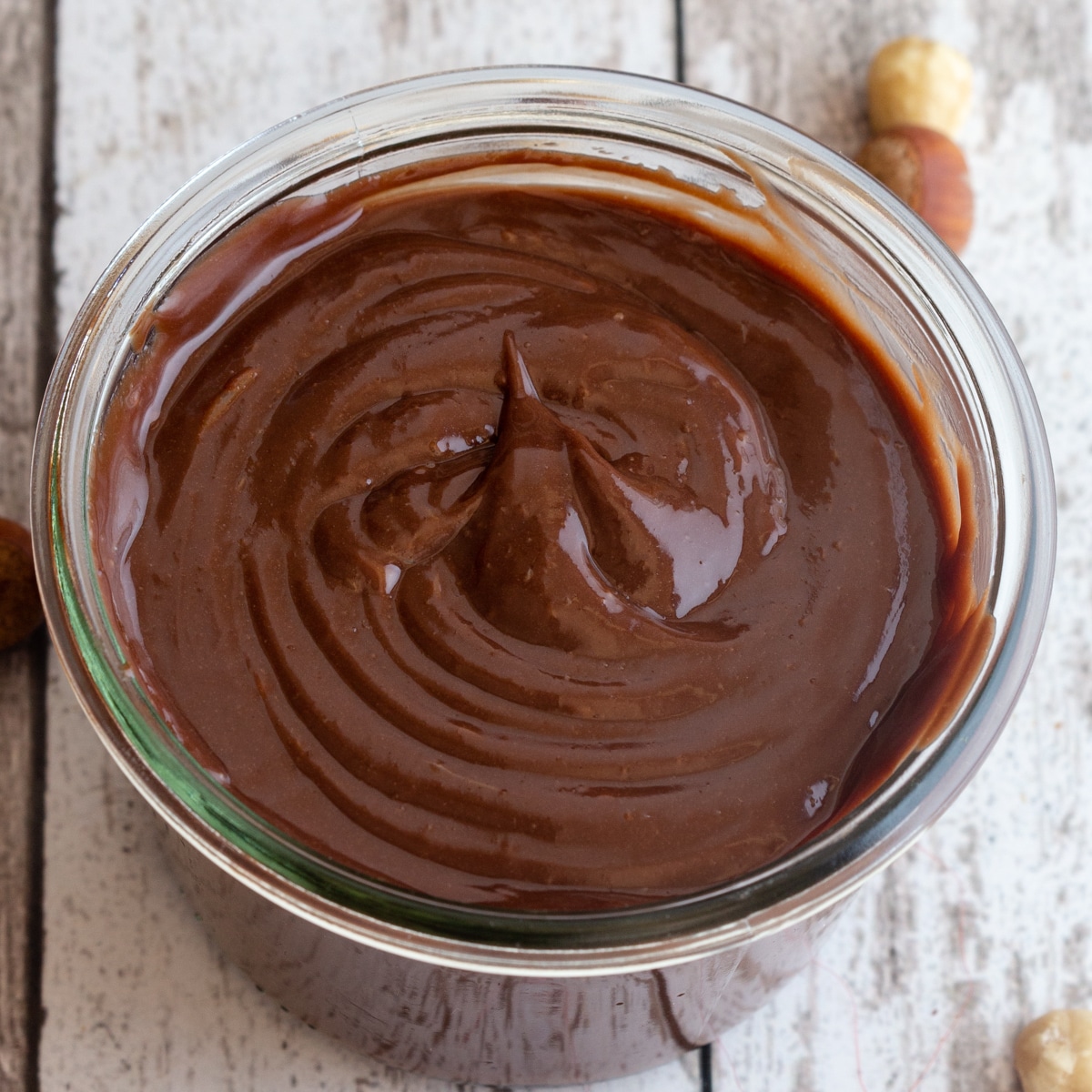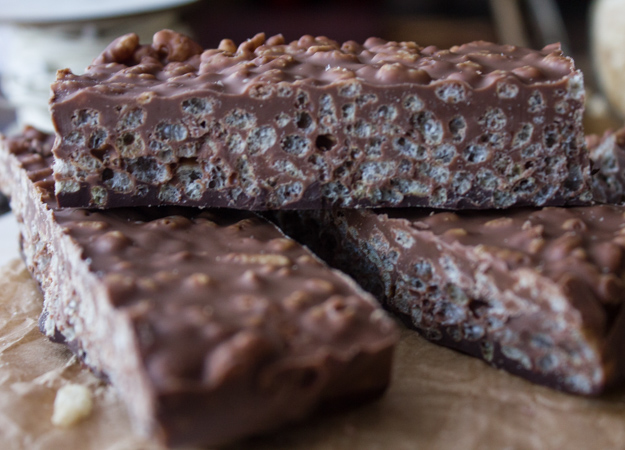Dark Chocolate: Important Facts, Health Benefits, and Recipes
Explore the health benefits, history, and culinary uses of dark chocolate in our ultimate guide, and learn how this antioxidant-rich treat can improve your well-being.
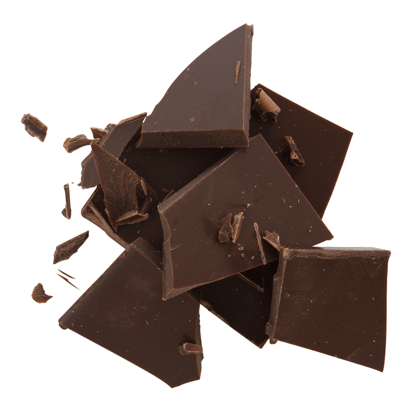
Best Dark Chocolate Recipes
-

-

-

-

-
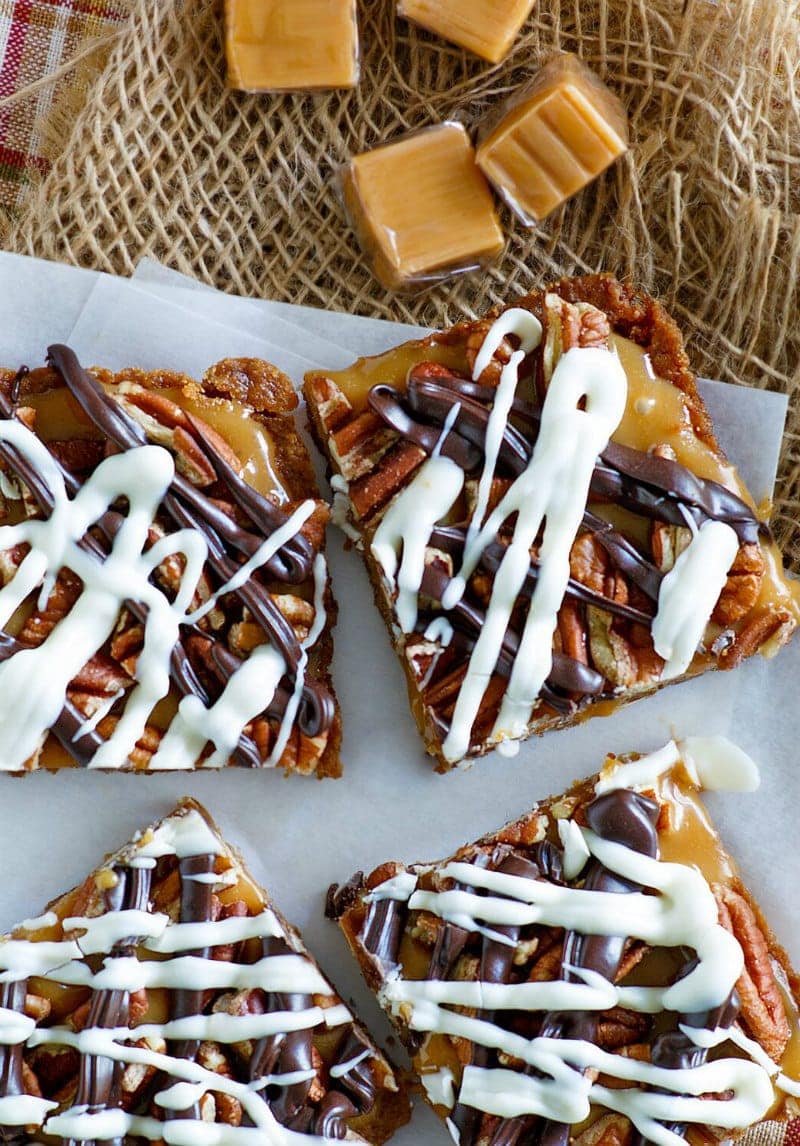
-

-

-

-
![Dark Chocolate Fruit Bites Image]()
-
![Dark Chocolate Pumpkin Seed Butter Cups Image]()
-
![Crock Pot Hot Chocolate Image]()
-
![Devil's Food Cupcakes with Chocolate Frosting Image]()
-
![Pumpkin Mousse Ice Box Cake Image]()
-
![French Silk Tart Image]()
-
![Peanut Butter Cups Image]()
-
![Classic Coconut Macaroons Image]()
-
![Flourless Chocolate Cake Image]()
-
![Red Velvet Churros + 2 Dips Image]()
-
![Peanut Butter Cheesecake Oreo Brownies Image]()
-
![Peppermint Double Chocolate Cookies Image]()
-
![Skillet Rocky Road Brownie Image]()
-
![Blood Orange Cream Puffs Image]()
-
![Black and White Cherry Brownies Image]()
-
![Bourbon Bacon Chocolate Chunk Cookies Image]()
-
![Chocolate Peppermint Cups Image]()
-
![The Very Best Brownies. Image]()
-
![Gluten-Free Chocolate Chip Cookies Image]()
-
![Banana Trail Mix Bread Image]()
-
![Healthy Hot Chocolate Image]()
-
![Gingerbread Muffins Image]()
-
![Chocolate Mousse Pie with Pretzel Crust Image]()
-
![Chocolate Chip Paleo Zucchini Bread Image]()
-
![Chocolate Ganache Tart Image]()
-
![Healthy Shamrock Shake {Avocado Mint Smoothie} Image]()
-
![Red Wine Truffles Image]()
-
![Cherry Chocolate Chip Cookies Image]()
-
![Easy Italian Breakfast Cake Image]()
-
![Homemade Nutella Image]()
-
![Double Chocolate Crispy Treats Image]()
-
![Homemade Chocolate Truffles Image]()
-
![Chocolate Torrone Image]()
-
![Italian Chocolate Pie Image]()
-
![Easy Homemade Fudgsicles Image]()
-
![Zuccotto al Gelato (with Ice Cream) Image]()
-
![Fresh Strawberry Cheesecake Pie Image]()
-
![Easy Ice Cream Cake Recipe Image]()
-
![No Bake Baileys Mousse Pie Image]()
-
![Stove Top Stuffed Sweet Focaccia Image]()


